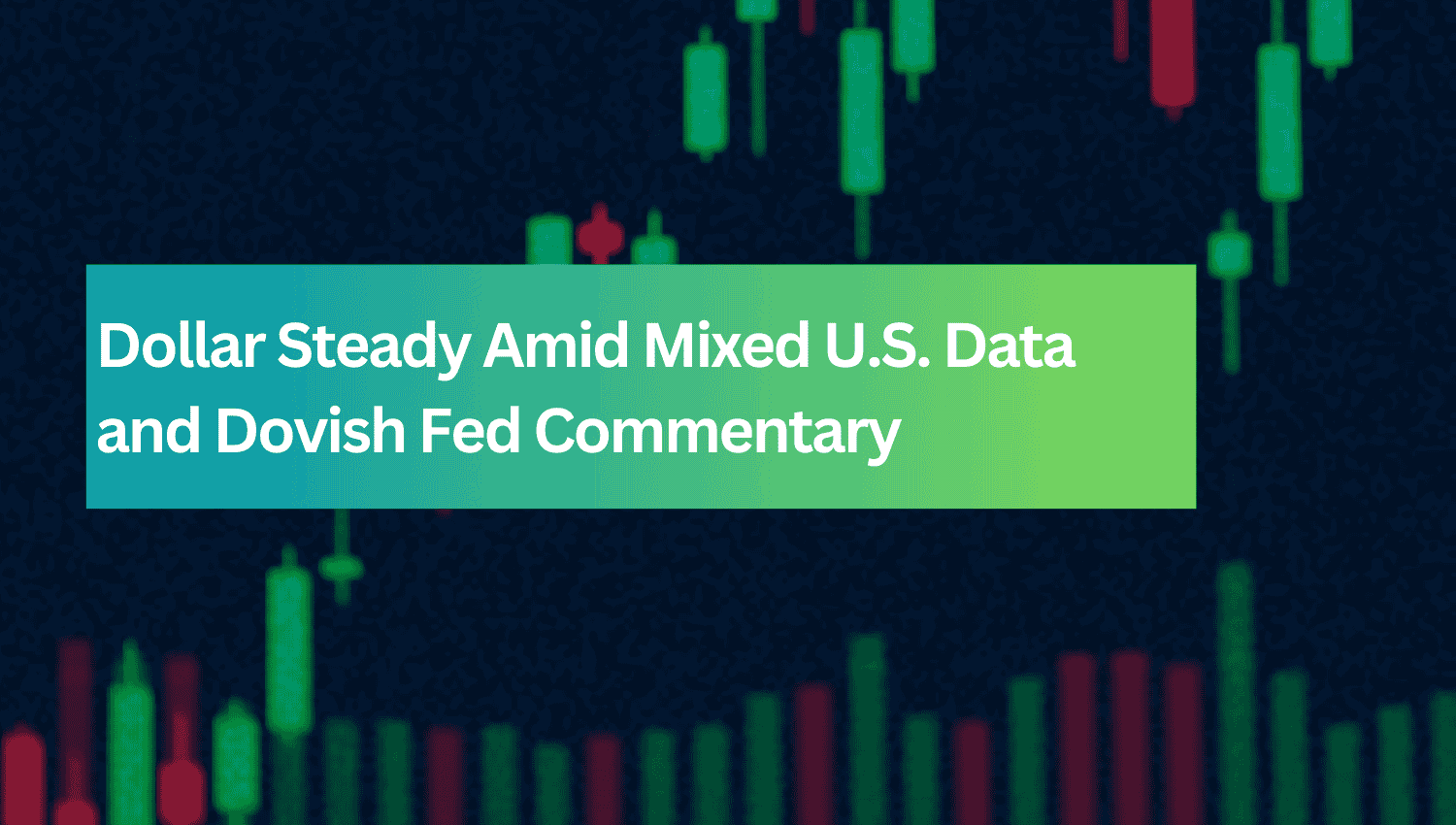Macro Outlook

The U.S. dollar remained stable on Monday, buoyed by mixed economic data from the U.S. and dovish commentary from the Federal Reserve. Meanwhile, the euro weakened significantly due to growing concerns about sluggish growth in the eurozone. Business activity in Europe contracted unexpectedly, weighing on the euro, particularly against the British pound.
Federal Reserve Signals Slower Rate Cuts Amid Economic Uncertainty
Federal Reserve officials indicated that the central bank might slow down its pace of rate cuts, although ongoing uncertainty surrounding the labor market and geopolitical tensions in the Middle East added to cautious sentiment across financial markets. This has left market participants waiting for clearer signals on the future path of U.S. monetary policy.
Oil Prices Slip as Demand Weakens; Aussie Dollar Rises
Oil prices fell on weak demand signals from both China and Europe. In contrast, the Australian dollar gained strength ahead of a policy decision from the Reserve Bank of Australia (RBA), with markets anticipating a hawkish hold from the central bank.
Market Focus Shifts to Upcoming Central Bank Actions
U.S. and European Data in Focus as Central Banks Set the Tone
Looking ahead, market attention remains fixed on central bank actions. Investors are expecting dovish moves from the Federal Reserve, while in Europe, concerns grow over the economic slowdown. In the U.S., employment and inflation data will be key, while European markets are focused on business activity and growth indicators. Japan, meanwhile, is eyeing PMI data and comments from Bank of Japan Governor Kazuo Ueda, with expectations for continued accommodative monetary policy.
Currency Movements: Euro Hits 25-Month Low, Aussie Dollar Rises
Euro Struggles; Yen Weakens Further
The euro experienced a sharp decline, hitting a 25-month low against the pound after disappointing eurozone PMI data. The U.S. dollar remained steady overall, while the yen weakened further due to widening yield differentials between Japan and the U.S.
Australian Dollar Gains, Sterling Edges Higher
The Australian dollar continued to rise on the back of hawkish expectations from the RBA, while the British pound edged higher, benefiting from the euro's underperformance.
Geopolitical Tensions and Global Growth Concerns Weigh on Markets
Safe-Haven Assets Benefit Amid Rising Tensions
Despite the dollar's resilience, rising geopolitical risks in the Middle East provided support for safe-haven assets such as gold, which saw gains alongside copper, reversing earlier declines.
Market Outlook: Dovish Fed and Global Growth Worries in Focus
Looking ahead, markets are expected to focus on dovish Fed expectations, global economic growth concerns, and ongoing geopolitical tensions. The euro may face continued pressure if further signs of European economic weakness emerge, while the yen is likely to remain vulnerable due to Japan's accommodative monetary stance. The pound could benefit from the euro's struggles, though broader risk sentiment will be a key driver. Lastly, the Australian dollar could see further strength if the RBA maintains its hawkish tone.

